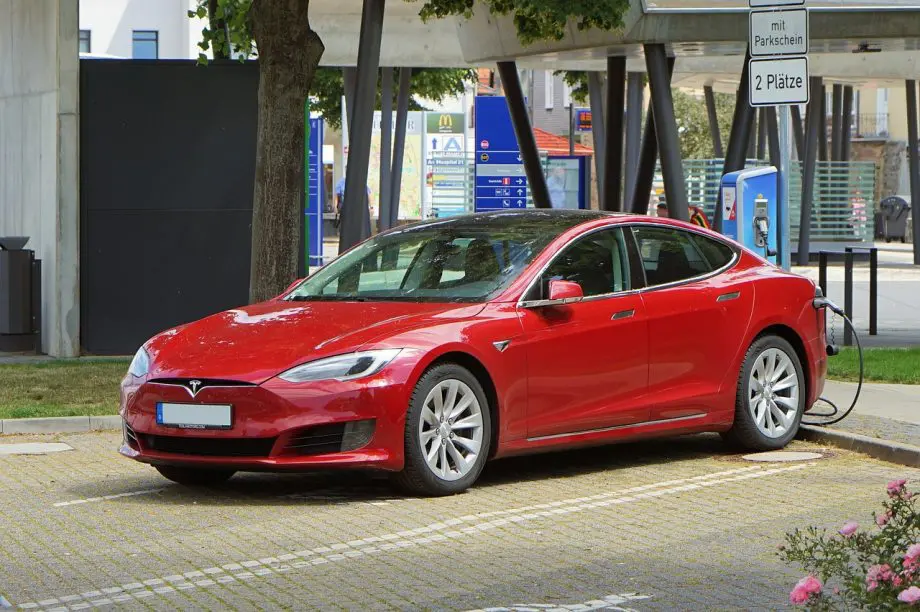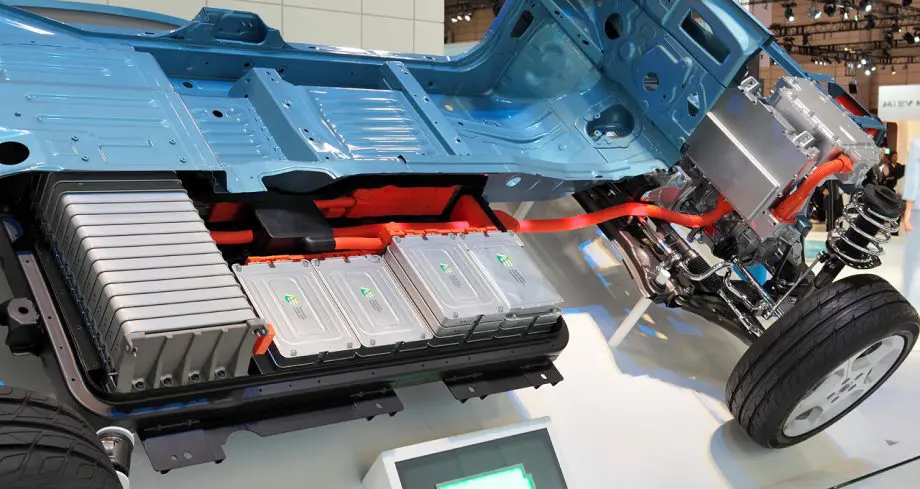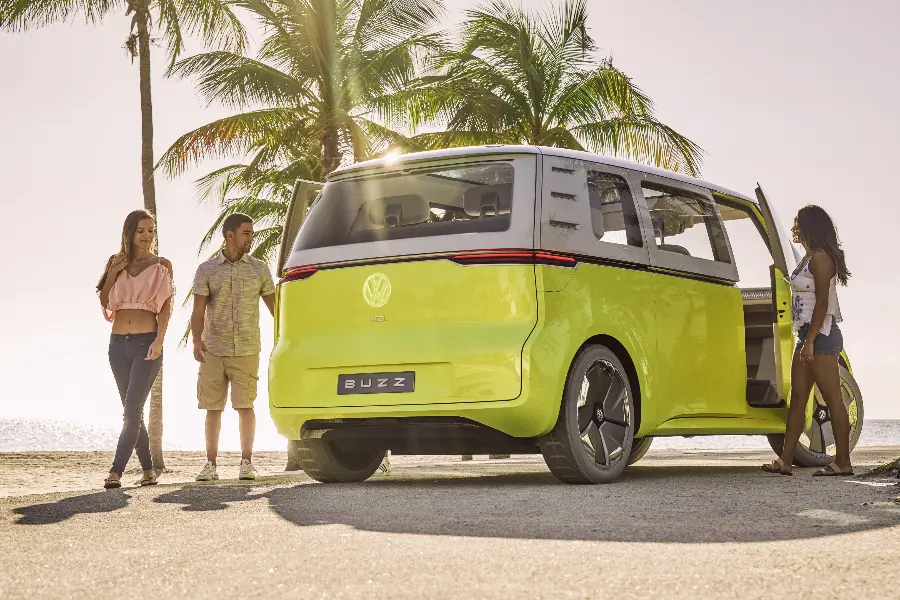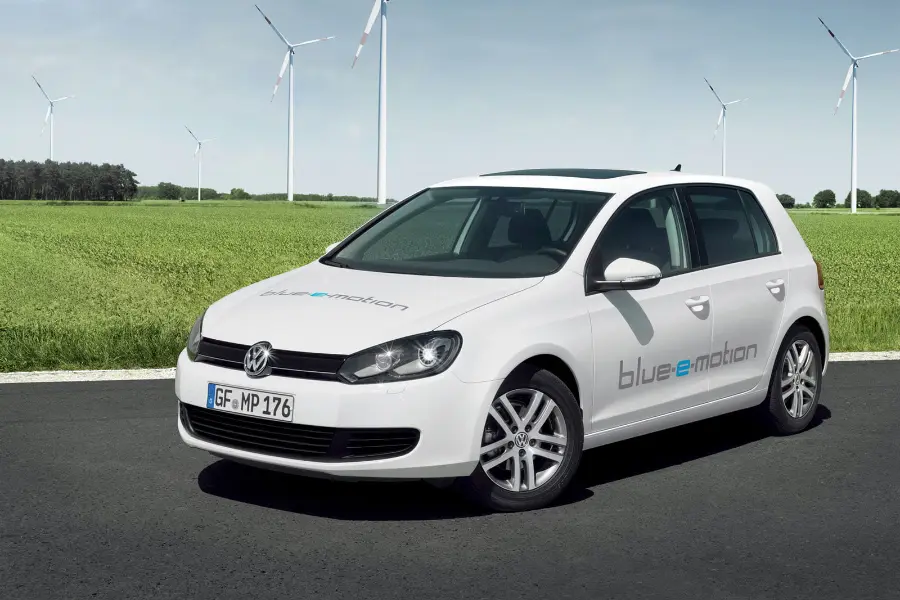
Explore the exciting journey toward the future of renewable energy and electric vehicles. Discover how they’re shaping our world for a greener tomorrow.
Imagine a world where the hum of electric vehicles replaces the roar of gas engines, and the energy powering your daily commute comes from the sun or wind.
Welcome to the future of renewable energy and electric vehicles! This isn’t just a sci-fi dream, but a rapidly approaching reality.
As we journey together into this exciting era, we’ll explore how these two revolutionary technologies are intertwining to create a cleaner, greener, and more sustainable world for us all.
The Future of Renewable Energy and Electric Vehicles
Fasten your seatbelts, folks! We’re about to embark on a thrilling ride into the future of renewable energy and electric vehicles.
From the latest trends in EV adoption to the symbiotic relationship between electric vehicles and renewable energy, we’re covering it all.
We’ll delve into the challenges and solutions for integrating EVs into our power grid, the role of policy in this energy transition, and even take a peek at some successful case studies.
So, whether you’re an EV owner, a renewable energy enthusiast, or just curious about what the future holds, this post is your roadmap to understanding how renewable energy and electric vehicles are driving us toward a sustainable future.
Brief Overview of the Current State of Renewable Energy and Electric Vehicles
Let’s start by taking a snapshot of where we are right now. Renewable energy, from sources like wind, solar, and hydro, is no longer the new kid on the block.
It’s becoming a major player in the global energy scene. In fact, in some parts of the world, renewable energy is already the most cost-effective source of power generation.
Now, let’s talk about electric vehicles. Remember when they were just a novelty? Those days are long gone.
Electric vehicles, or EVs as they’re often called, are becoming increasingly common on our roads.
From compact cars to SUVs, there’s an electric option for almost everyone. And it’s not just about cars. We’re seeing electric buses, trucks, and even boats!
Importance of the Transition to Renewable Energy and Electric Vehicles
So, why does this transition matter? Well, for starters, it’s about our planet.
Traditional fossil fuels like coal and oil contribute to climate change and air pollution.
By shifting to renewable energy and electric vehicles, we can significantly reduce our greenhouse gas emissions.
That’s a big win for our environment.
But it’s not just about being green. It’s also about energy independence.
By harnessing the power of the wind, sun, and water, we can produce our own energy locally, reducing our dependence on imported fossil fuels.
And let’s not forget about the economic benefits.
The renewable energy and electric vehicle sectors are creating jobs, driving innovation, and opening up new opportunities for business.
In a nutshell, the transition to renewable energy and electric vehicles is not just a trend.
It’s a necessary step towards a sustainable and prosperous future. So, buckle up and enjoy the ride!
The Road to Electric Vehicle Future
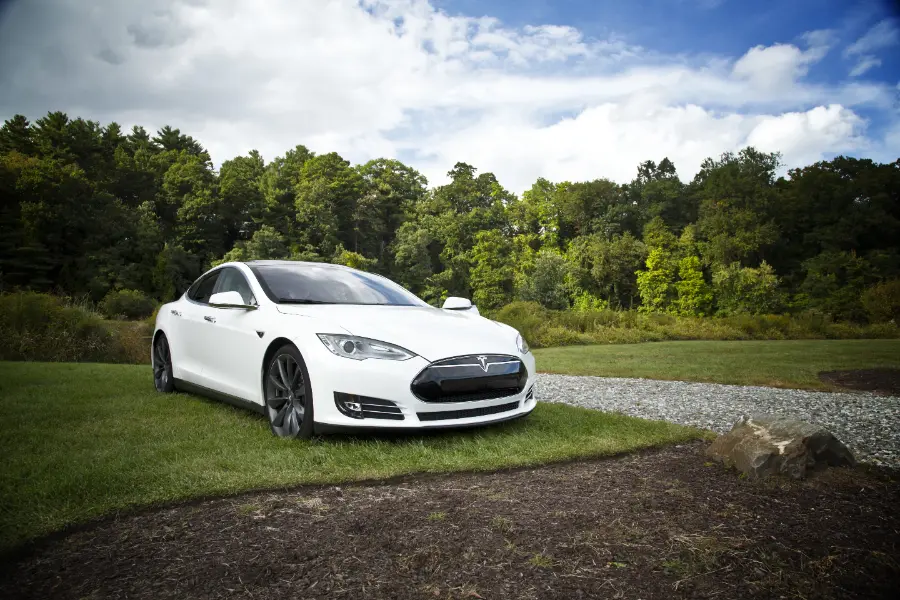
Ready to hit the road and explore the future of electric vehicles? It’s a journey that’s more exciting than a cross-country road trip!
We’re seeing a shift in gears in the automotive world, with electric vehicles taking the fast lane.
This isn’t just about swapping your gas guzzler for a sleek, silent electric ride.
It’s about a transformation that’s set to revamp our cities, redefine our lifestyle, and help us steer toward a more sustainable future.
So, let’s put the pedal to the metal and dive into the fascinating world of electric vehicles and the road that lies ahead!
Current Trends in Electric Vehicle Adoption
Let’s start with what’s happening right now. Electric vehicles are no longer just a niche market for tech enthusiasts or environmental advocates.
They’re going mainstream. You’ve probably noticed more EVs on the road, more charging stations popping up in your city, and more manufacturers announcing their own lines of electric cars.
And it’s not just happening in one or two countries. This is a global trend.
From the United States to China, from Norway to Australia, people are embracing electric vehicles.
There’s a growing recognition that EVs are not just better for the environment, but they’re also more efficient, cheaper to run, and offer a smoother, quieter ride.
Future Projections for Electric Vehicle Growth
Now, let’s look at what’s coming down the road. If you think the current growth in electric vehicles is impressive, just wait until you see what’s projected for the future.
According to the International Energy Agency, the number of electric cars on the road is expected to reach 145 million by 2030.
That’s a huge leap from where we are now. And as battery technology improves and prices continue to fall, EVs are expected to reach price parity with traditional internal combustion engines within the next few years.
But it’s not just about cars. We’re also going to see more electric buses, trucks, and even ships.
The future of transportation is electric, and we’re just at the beginning of this exciting journey.
So, stay tuned, because the road to the electric vehicle future is going to be a thrilling ride!
Electric Vehicles and Renewable Energy: A Symbiotic Relationship
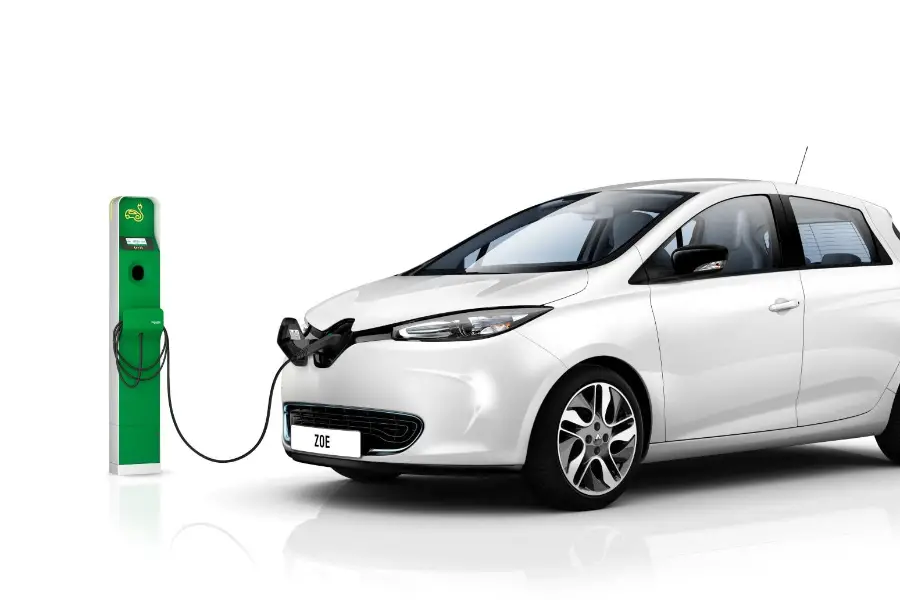
Have you ever thought about the connection between your electric vehicle and the power it uses?
It’s like a perfect dance, where each partner moves in sync with the other. Electric vehicles and renewable energy share a symbiotic relationship, each one boosting the other in a harmonious interplay.
As we plug in more electric vehicles, we create more demand for clean, green power.
And as we ramp up our renewable energy production, we provide the juice needed to keep those electric vehicles running.
It’s a fascinating dance that’s reshaping our energy landscape. So, let’s take a closer look at this dynamic duo and the rhythm they’re setting for our sustainable future.
How Electric Vehicles Drive Demand for Renewable Energy
Electric vehicles and renewable energy are like two peas in a pod. They go hand in hand, each one boosting the other.
But how exactly do electric vehicles drive demand for renewable energy?
Well, every time you plug in your electric vehicle to charge, you’re using electricity.
And the more electric vehicles there are, the more electricity we need.
This increase in electricity demand is a golden opportunity for renewable energy.
Why? Because, unlike fossil fuels, renewable energy sources like wind and solar are abundant and inexhaustible.
They’re also getting cheaper and more efficient. So, as the demand for electricity grows with the rise of electric vehicles, renewable energy is perfectly positioned to meet that demand.
In other words, every new electric vehicle on the road is like a vote for more renewable energy.
It’s a powerful way that we, as drivers, can drive the transition to a cleaner, greener energy system.
The Role of Renewable Energy in Supporting Electric Vehicle Infrastructure
Now, let’s flip the coin and look at how renewable energy supports electric vehicle infrastructure.
Firstly, renewable energy can power the charging stations that keep our electric vehicles running.
Whether it’s a solar-powered charging station in a parking lot or a wind-powered charging hub along a highway, renewable energy can provide the clean, green electricity that our electric vehicles need.
Secondly, renewable energy can help manage the load on our power grid.
Charging an electric vehicle can use as much electricity as an entire household.
Now, imagine millions of electric vehicles plugging in at the same time. That’s a lot of load on our power grid!
But here’s where renewable energy comes in. With smart grid technologies, we can use renewable energy to charge our electric vehicles when the sun is shining or the wind is blowing, and demand on the grid is low.
This not only makes the most of our renewable energy resources but also helps to balance the load on our power grid.
In short, renewable energy plays a crucial role in supporting the infrastructure we need for our electric vehicle future.
It’s a symbiotic relationship that’s driving us toward a more sustainable future.
The Impact of Electric Vehicles on the Power Grid
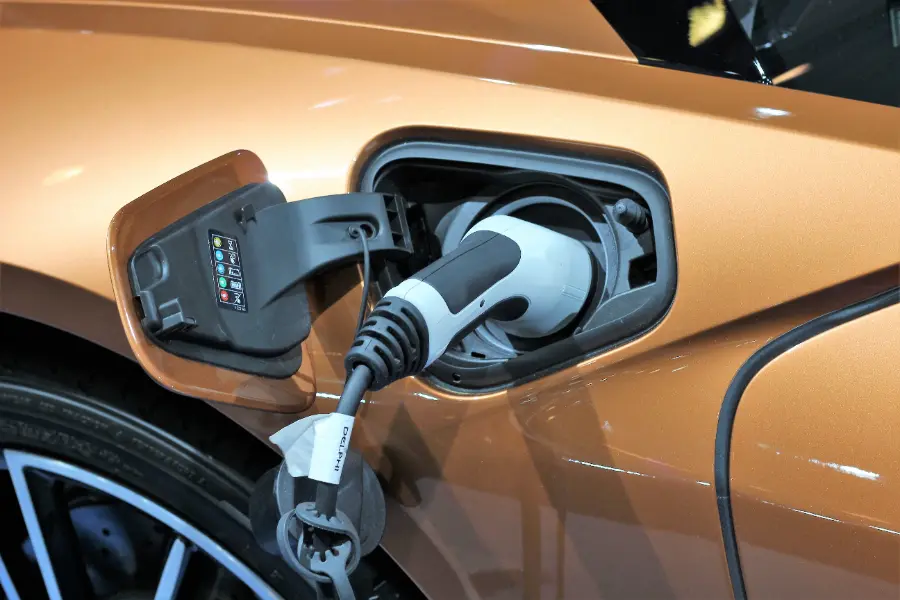
Picture this: It’s the end of a long day, and all across the city, people are plugging in their electric vehicles to recharge overnight.
But what does this mean for our power grid? It’s a question that’s sparking a lot of interest as we shift towards an electric vehicle future.
The impact of electric vehicles on the power grid is a complex issue, with challenges and opportunities alike.
From potential strain during peak charging times to the exciting possibilities of vehicle-to-grid technology, we’re going to delve into how this surge in electric vehicles is set to shake up our power grid.
So, let’s plug in and explore this electrifying topic!
Potential Challenges for the Power Grid
As we embrace the electric vehicle revolution, it’s important to consider the impact on our power grid.
After all, every electric vehicle on the road is another device drawing power from our electricity network.
One of the main challenges is managing peak demand. Imagine everyone coming home from work and plugging in their electric vehicles at the same time.
This could cause a significant spike in electricity demand, putting strain on the power grid.
Another challenge is the infrastructure itself. Our current power grid was designed long before electric vehicles were a consideration.
As such, it may not be equipped to handle the increased load, especially in areas where the grid is already under strain.
Finally, there’s the issue of geographical distribution. Electric vehicle adoption isn’t uniform across the country.
Some areas have a high concentration of electric vehicles, which could lead to localized strain on the power grid.
Solutions for Integrating Electric Vehicles into the Power Grid
While these challenges might seem daunting, they’re not insurmountable.
In fact, there are several solutions for integrating electric vehicles into the power grid.
One solution is smart charging. This involves charging electric vehicles during off-peak hours when demand on the power grid is low.
Some electric vehicles and charging stations already have this capability, and utility companies can incentivize off-peak charging with lower rates.
Another solution is vehicle-to-grid technology. This allows electric vehicles to feed electricity back into the grid during times of high demand.
Essentially, each electric vehicle becomes a small, mobile power station.
Upgrading our power grid infrastructure is also crucial. This could involve reinforcing existing infrastructure and adding new capacity where needed.
Finally, renewable energy can play a big role. By increasing our capacity for renewable energy, we can ensure that the electricity used to charge electric vehicles is clean and green.
In short, while the rise of electric vehicles presents some challenges for our power grid, it also opens up exciting opportunities for innovation and progress toward a more sustainable future.
The Role of Policy in Shaping the Future of Renewable Energy and Electric Vehicles
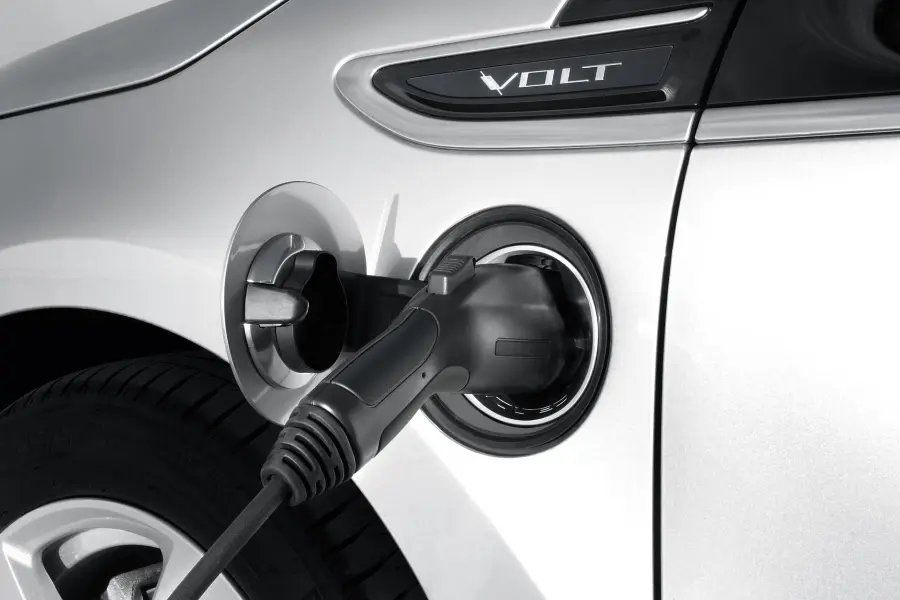
Ever wondered who’s driving the shift toward renewable energy and electric vehicles?
Well, it’s not just tech innovators and environmental advocates. Policymakers have a crucial role to play too.
From setting emission standards to providing incentives for electric vehicle adoption, policy decisions can steer the course of our energy future.
They’re like the traffic signals on the road to a sustainable future, guiding us toward our destination.
So, let’s delve into the world of policy and explore how it’s shaping the future of renewable energy and electric vehicles. Buckle up, it’s going to be an enlightening ride!
Current Policies Supporting the Transition to Renewable Energy and Electric Vehicles
Let’s start by looking at the policies that are currently in place.
Around the world, governments are implementing policies to support the transition to renewable energy and electric vehicles.
For instance, many countries have set ambitious targets for reducing greenhouse gas emissions.
These targets often include a significant role for renewable energy and electric vehicles.
In the United States, for example, the federal government offers tax credits for the purchase of electric vehicles and for installing renewable energy systems.
Many states have also implemented their own incentives, such as rebates for electric vehicles, grants for charging infrastructure, and renewable portfolio standards that require utilities to source a certain percentage of their electricity from renewable sources.
In Europe, several countries have announced plans to ban the sale of new gasoline and diesel cars in the coming decades, effectively mandating a switch to electric vehicles.
The European Union also has strong policies in place to promote renewable energy, including binding renewable energy targets for each member state.
Future Policy Needs for Continued Growth
While these current policies have been instrumental in driving the transition to renewable energy and electric vehicles, there’s still much more to be done.
For one, we need policies that ensure the benefits of this transition are shared equitably.
This includes making sure that electric vehicles and renewable energy are accessible and affordable for all, not just the wealthy.
We also need policies that support the integration of electric vehicles into the power grid.
This could include regulations that encourage smart charging and vehicle-to-grid technology, as well as investments in grid infrastructure.
Finally, we need policies that continue to drive innovation in renewable energy and electric vehicles.
This could include increased funding for research and development, as well as policies that create a favorable market environment for new technologies.
In short, while we’ve made great strides in the transition to renewable energy and electric vehicles, there’s still a long road ahead.
Policy will play a crucial role in guiding us on this journey, ensuring that we stay on track toward a sustainable future.
Case Studies of Successful Integration of Renewable Energy and Electric Vehicles
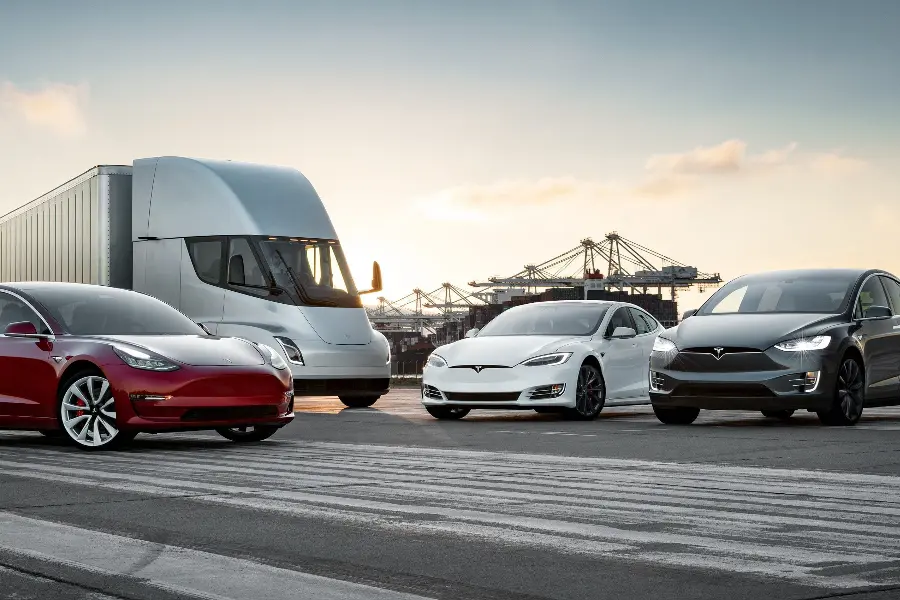
Ever heard the saying ‘seeing is believing’? When it comes to the integration of renewable energy and electric vehicles, there’s nothing like a real-world example to bring the concept to life.
Across the globe, cities and countries are leading the way, showing us what’s possible when we embrace this sustainable duo.
From solar-powered charging stations to entire cities running on renewable energy, these case studies are a testament to human ingenuity and our collective drive toward a greener future.
So, let’s take a trip around the world and explore some of these inspiring success stories. Ready? Let’s hit the road!
Examples of Cities or Countries Leading the Way
Let’s start our journey in Norway, a country that’s truly leading the charge when it comes to electric vehicles.
Norway has the highest per capita number of all-electric cars in the world, thanks to a range of incentives like tax breaks, free parking, and toll-free travel for electric vehicles.
And it’s not just on the roads where Norway is embracing renewables.
The country gets almost all of its electricity from hydropower, making it a shining example of renewable energy use.
Next, let’s head over to California, USA. The Golden State is a pioneer in both renewable energy and electric vehicles.
It has ambitious renewable energy targets and is home to a growing network of electric vehicle charging stations.
California also leads the way in policy, with regulations requiring all new passenger cars and trucks sold in the state to be zero-emission vehicles by 2035.
Finally, let’s take a look at Shenzhen, China. This bustling city is the first in the world to electrify 100% of its public buses and that’s over 16,000 buses!
Shenzhen also has a massive network of charging stations, ensuring that these electric buses can keep running smoothly.
This is all part of China’s broader push towards electric vehicles and renewable energy.
Lessons Learned from These Case Studies
So, what can we learn from these trailblazing cities and countries?
First, incentives matter. Whether it’s tax breaks in Norway or free parking in California, incentives can play a big role in encouraging people to choose electric vehicles.
Second, policy is key. Strong regulations, like California’s zero-emission vehicle mandate or China’s push for electric buses, can drive significant progress.
Third, infrastructure is crucial. From Norway’s hydropower plants to Shenzhen’s charging stations, having the right infrastructure in place is essential for the successful integration of renewable energy and electric vehicles.
Finally, these case studies show us that the transition to renewable energy and electric vehicles is not just possible but it’s already happening.
And with the right mix of incentives, policies, and infrastructure, other cities and countries can follow in their footsteps.
The Potential Impact of Electric Vehicles on Global Energy Systems
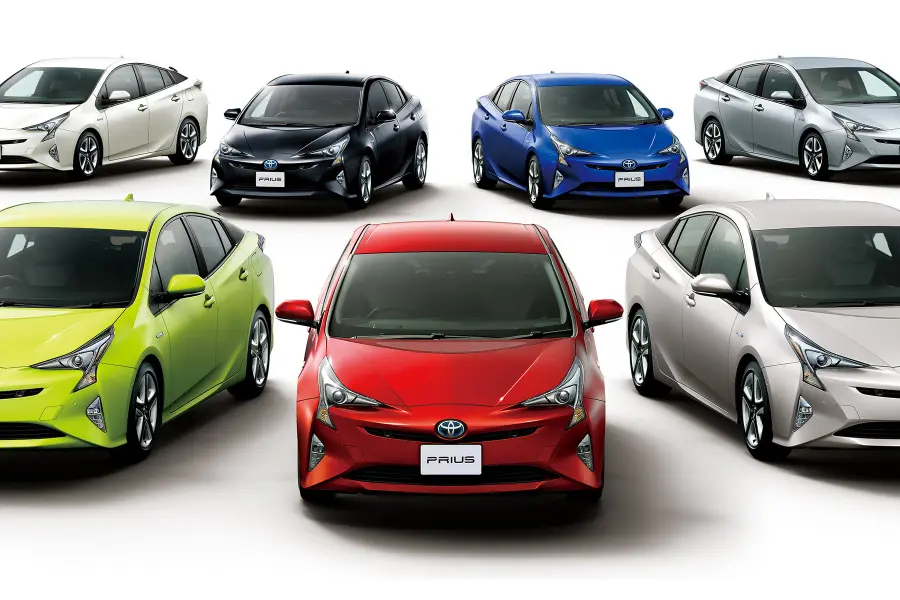
Imagine a world where electric vehicles are the norm, not the exception. What would that mean for our global energy systems?
It’s a fascinating question and one that’s becoming increasingly relevant as electric vehicles continue to gain traction.
The potential impact of electric vehicles on global energy systems is vast and varied, from reshaping the load curve to transforming how we manage energy demand and supply.
So, let’s rev up our engines and delve into this exciting topic. We’re about to embark on a journey into the future of energy, and it promises to be quite a ride!
How Electric Vehicles Could Reshape the Load Curve
The load curve, which represents the variation in electrical power over a period of time, could undergo a significant transformation with the widespread adoption of electric vehicles.
Currently, our load curve has two main peaks, one in the morning when people are getting ready for their day, and one in the evening when people return home from work.
However, with electric vehicles becoming more common, we could see a shift in this pattern.
Most electric vehicle owners charge their cars overnight when electricity demand is generally low.
This could flatten the load curve, reducing the strain on the power grid during peak hours.
On the other hand, if everyone plugs in their electric vehicles when they get home from work, we could see a new peak in the load curve.
This potential reshaping of the load curve presents both challenges and opportunities.
It could require utilities to adjust their generation schedules and even invest in additional capacity.
But it could also provide opportunities for better utilization of renewable energy, particularly wind power, which often generates more electricity at night.
The Role of Smart Charging and Energy Storage in Managing Load
Smart charging and energy storage can play a crucial role in managing the load from electric vehicles.
Smart charging involves adjusting the time when electric vehicles are charged, based on the demand and supply of electricity.
For instance, charging could be scheduled for off-peak hours when demand is low, or during times when there is a surplus of renewable energy.
Some electric vehicles and charging stations already have smart charging capabilities, and utility companies can incentivize them with lower rates during off-peak hours.
Energy storage, on the other hand, allows excess electricity to be stored and used later.
This can be particularly useful for balancing the intermittent nature of renewable energy sources like wind and solar.
Electric vehicles themselves can act as a form of energy storage. With vehicle-to-grid technology, they can feed electricity back into the grid during times of high demand.
In conclusion, while the rise of electric vehicles will undoubtedly impact our global energy systems, smart charging and energy storage offer promising solutions for managing this new load and ensuring a smooth transition to a more sustainable future.
The Future of Renewable Energy and EVs FAQs
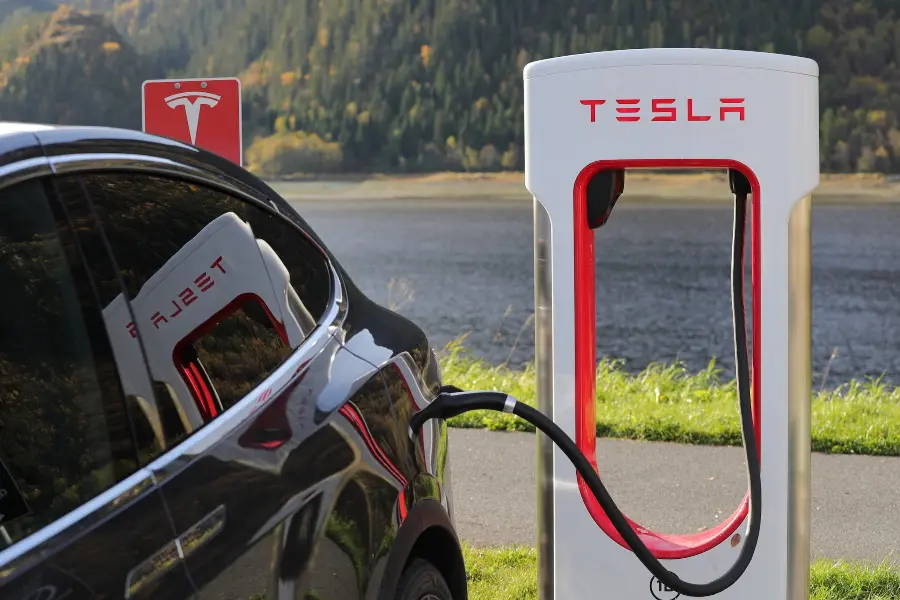
Got questions? We’ve got answers! As we navigate the road to a future powered by renewable energy and electric vehicles, it’s natural to have a few queries.
From the future of electric vehicles to how they can be charged with renewable energy, we’ve gathered some of the most frequently asked questions to help clear up any confusion.
So, let’s dive into the FAQs and shed some light on these intriguing topics. Ready to quench your curiosity? Let’s go!
Q: What is the future for electric vehicles?
A: The future for electric vehicles (EVs) looks very promising. With advancements in technology, improvements in infrastructure, and supportive policies, we can expect to see more EVs on the road.
Many countries have set ambitious targets for EV adoption, and some, like the UK and Norway, have even announced plans to phase out the sale of new petrol and diesel cars.
Additionally, car manufacturers are investing heavily in EVs, with many new models expected to hit the market in the coming years.
Q: Can electric cars be charged with renewable energy?
A: Absolutely! Electric cars can be charged with electricity from any source, including renewable energy.
In fact, the combination of electric cars and renewable energy is a powerful one.
Charging your electric car with renewable energy, like wind or solar power, can significantly reduce your carbon footprint.
Some EV owners even install solar panels on their homes to charge their vehicles.
Q: What percentage of vehicles will be electric by 2030?
A: Predictions vary, but many experts believe that a significant portion of new cars will be electric by 2030.
According to a report by the International Energy Agency, electric cars could make up over 30% of the world’s vehicle fleet by 2030.
However, this will depend on a range of factors, including the pace of technological advancements, the implementation of supportive policies, and shifts in consumer preferences.
Q: Are electric cars really better for the future?
A: Yes, electric cars are generally considered better for the future for several reasons.
Firstly, they produce zero tailpipe emissions, which can help improve air quality, particularly in urban areas.
Secondly, they are more energy-efficient than conventional cars, meaning they use less energy to travel the same distance.
Finally, when charged with renewable energy, electric cars can be virtually carbon-free.
However, it’s important to note that the environmental impact of electric cars also depends on factors like the source of the electricity used to charge them and the methods used to produce the vehicles and their batteries.
Conclusion: The Bright Future of Renewable Energy and Electric Vehicles
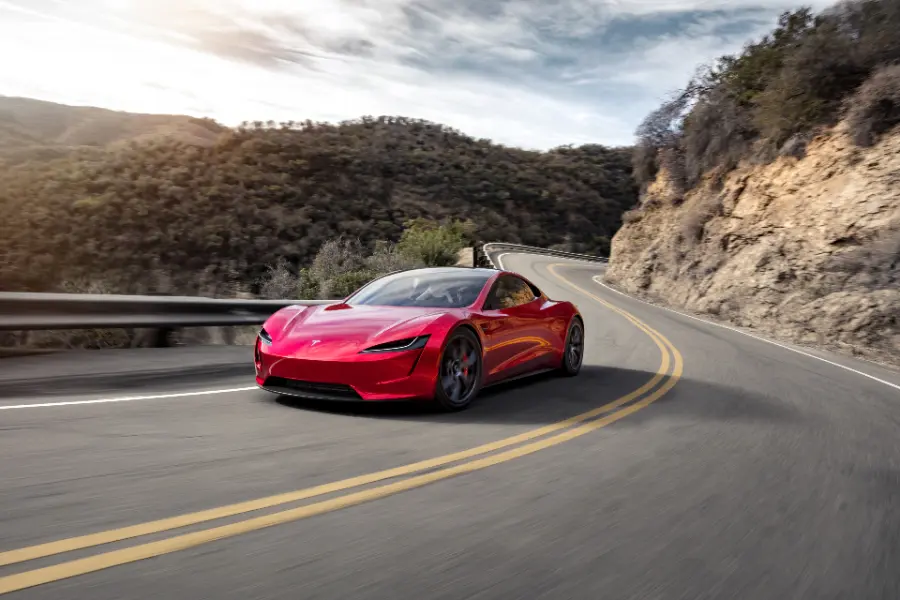
As we cruise to the end of our journey exploring the future of renewable energy and electric vehicles, it’s time to reflect on what we’ve learned.
From the symbiotic relationship between EVs and renewable energy to the transformative impact on our global energy systems, it’s clear that we’re on the cusp of a bright and sustainable future.
So, let’s buckle up and prepare for the final leg of our journey as we recap the potential benefits and the importance of continued innovation and policy support. Ready for the home stretch? Let’s go!
Recap of Benefits of a Future Dominated by Renewable Energy and EVs
As we look back on our exploration of the future of renewable energy and electric vehicles, the potential benefits are truly exciting.
Firstly, a future dominated by renewable energy and electric vehicles promises significant environmental benefits. By transitioning away from fossil fuels, we can reduce greenhouse gas emissions, improve air quality, and mitigate the impacts of climate change.
Secondly, this future brings economic benefits. The renewable energy and electric vehicle sectors are creating jobs and driving economic growth. Plus, electric vehicles can offer cost savings for consumers due to lower fuel and maintenance costs.
Thirdly, there are social benefits. Cleaner air leads to better public health outcomes, and the transition to renewable energy can help to create a more equitable energy system.
Finally, there’s the benefit of energy independence. By harnessing the power of the wind, sun, and other renewable sources, countries can reduce their reliance on imported fossil fuels.
Final Thoughts on the Importance of Continued Innovation and Policy Support
As we look to the future, it’s clear that continued innovation and policy support will be crucial in realizing the full potential of renewable energy and electric vehicles.
Innovation is driving the development of more efficient and affordable renewable energy technologies, as well as advancements in electric vehicle technology, such as longer battery life and shorter charging times.
But innovation isn’t just about technology. It’s also about finding new ways to integrate renewable energy and electric vehicles into our power grids and transportation systems.
Policy support is equally important. Policies can provide the incentives needed to encourage the adoption of renewable energy and electric vehicles, and can help to address challenges such as upgrading power grid infrastructure and ensuring equitable access to clean energy and transportation.
In conclusion, the future of renewable energy and electric vehicles is bright, but realizing this future will require ongoing efforts from all of us.
From researchers and innovators to policymakers and consumers, we all have a role to play in driving this transition forward.
Let’s embrace the journey and work together to create a cleaner, more sustainable future.



